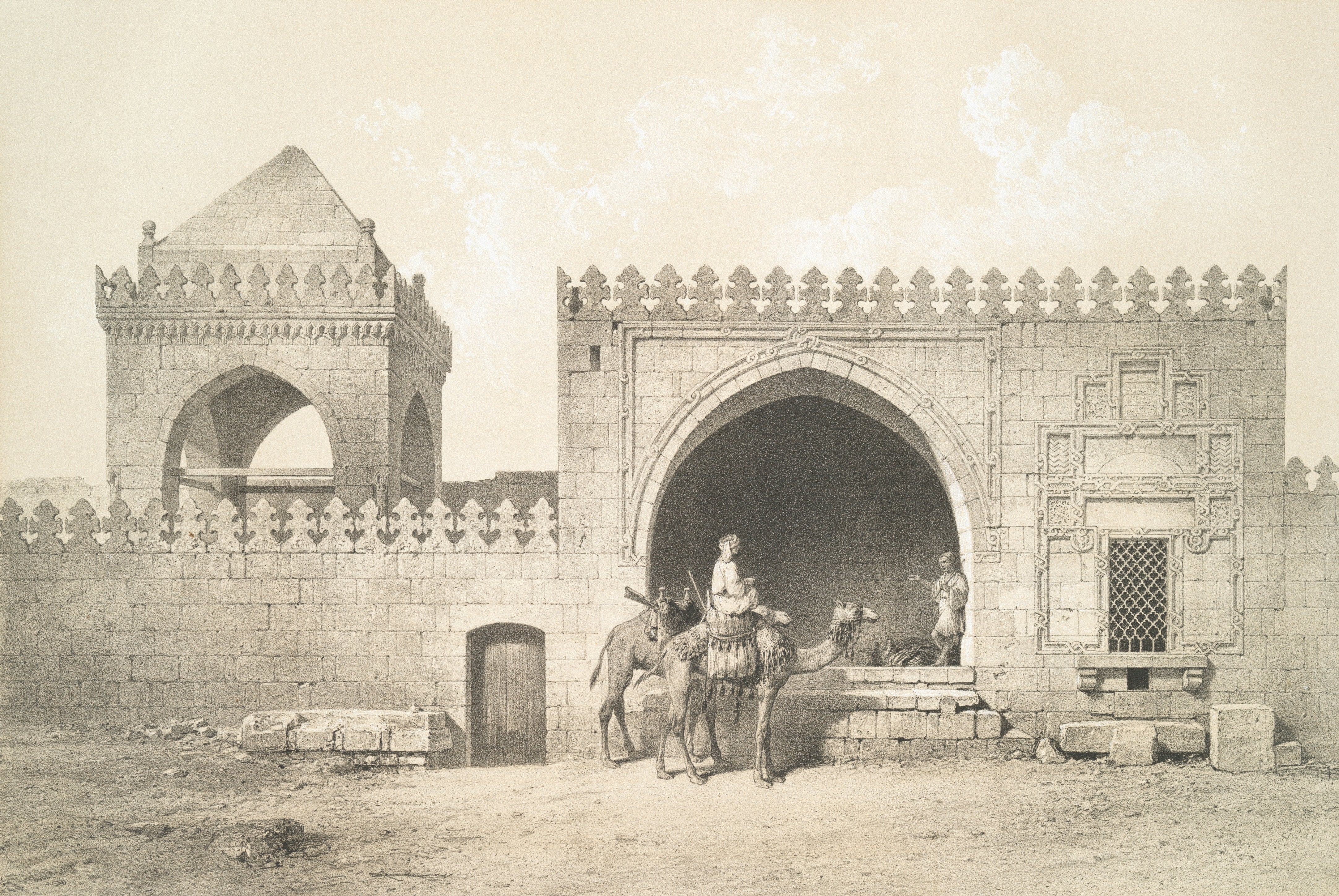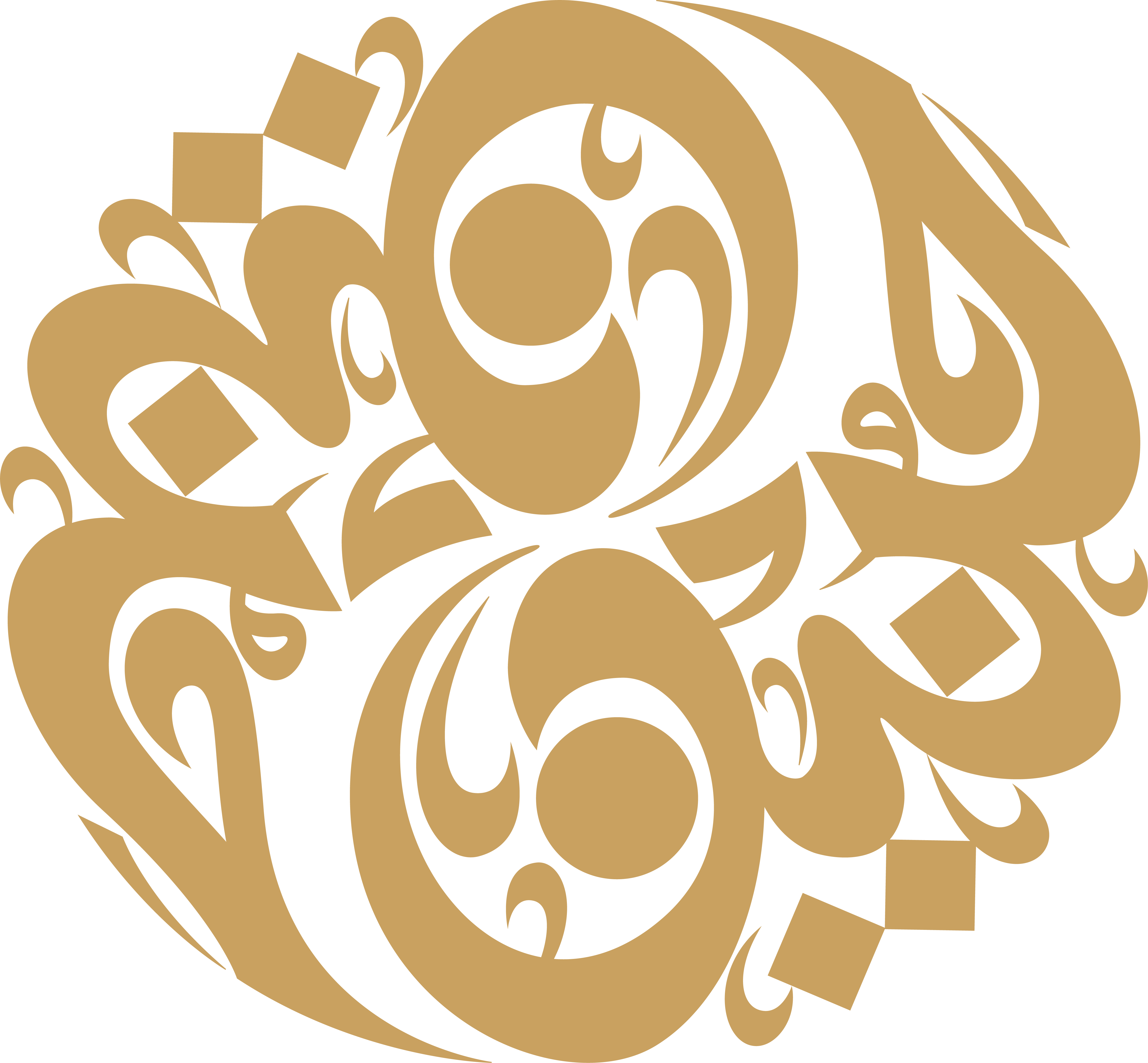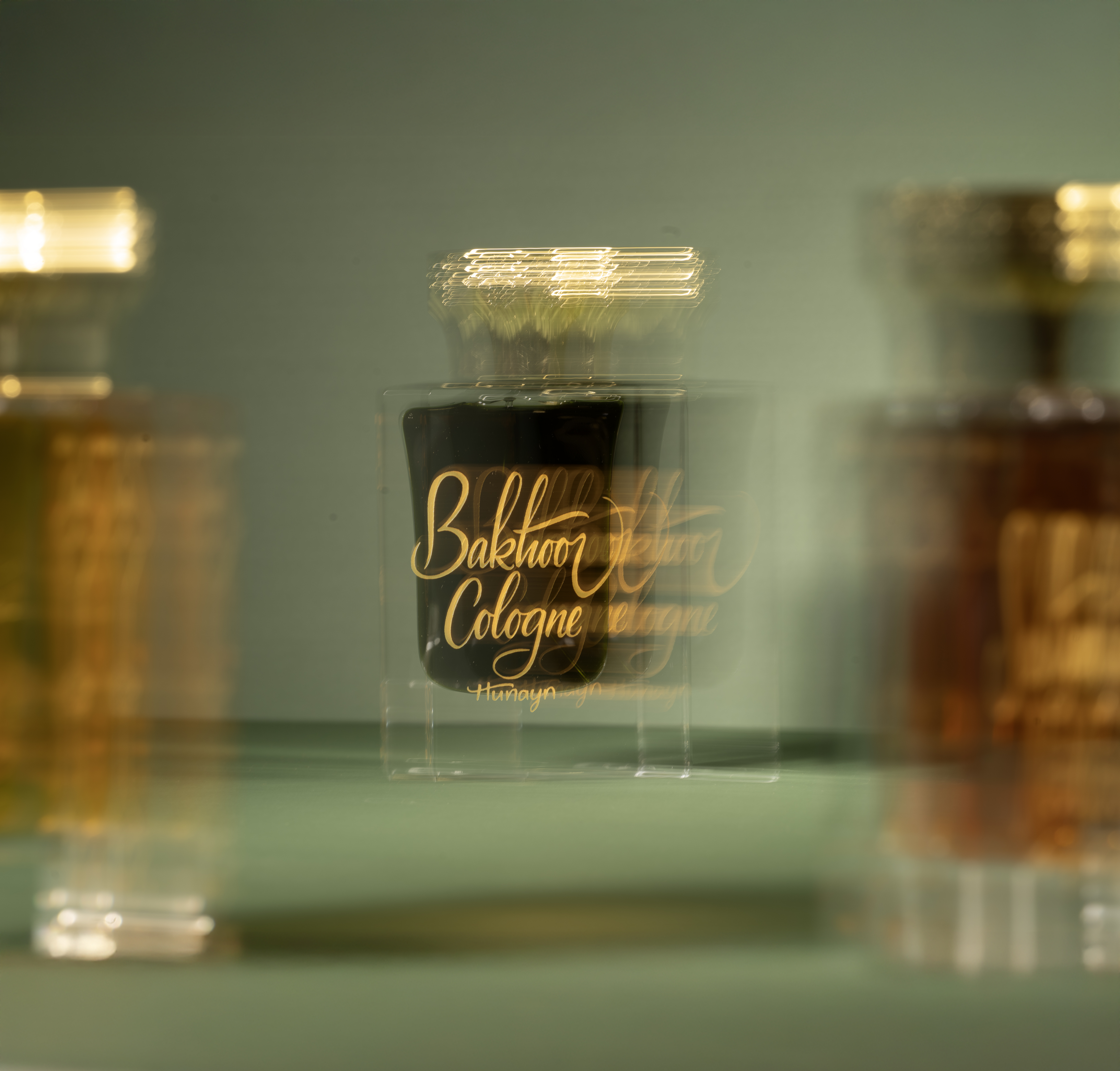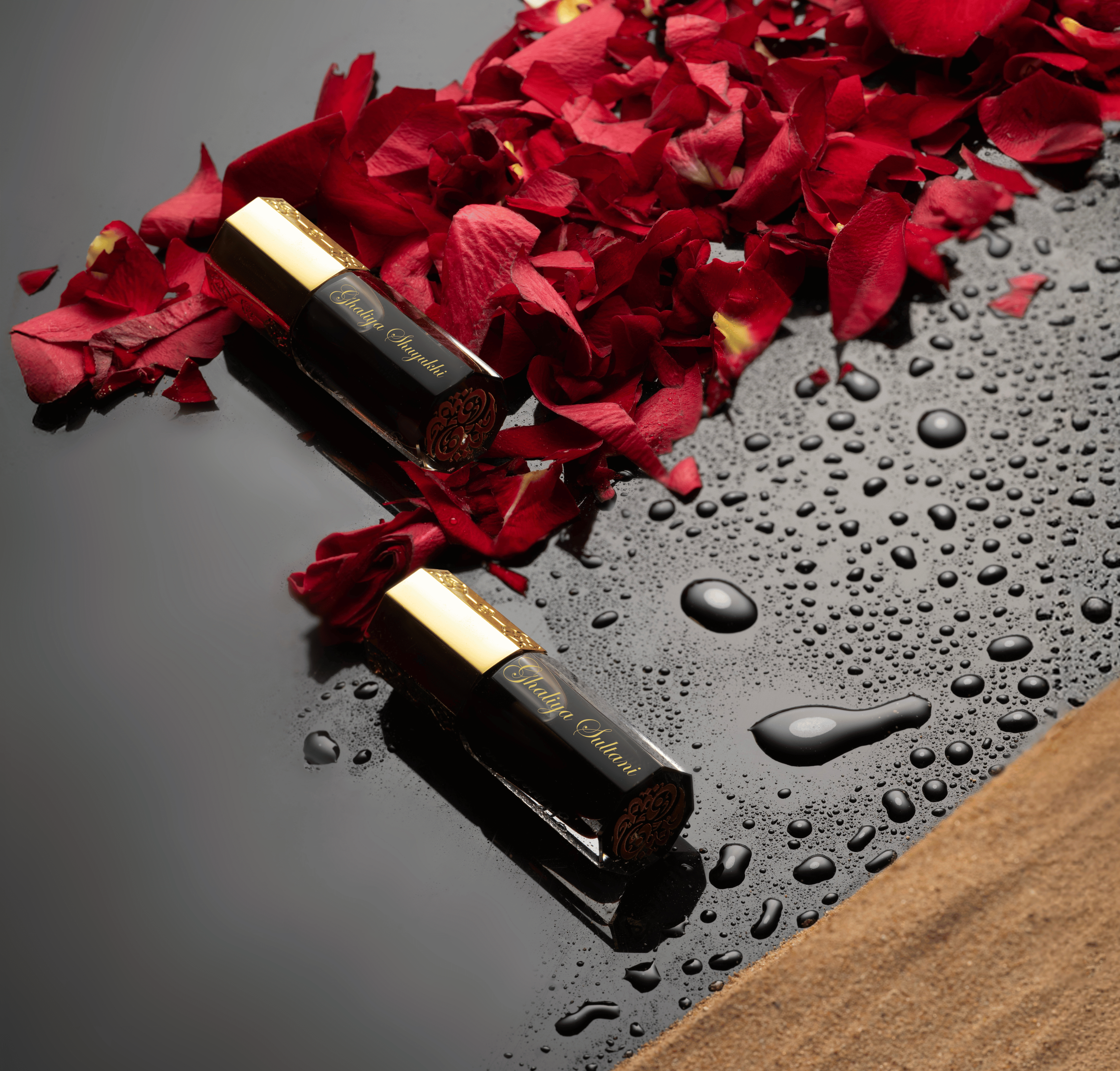
From Spice Routes to Scented Courts: A Pre-Islamic History of Perfume
Originally produced for Hunayn by Dr. Aliya Ali
Perfume has a unique power: it brings memories to life in vivid colour. A single drop can transport us across time and place in a way nothing else can.
Why does scent matter so much in our daily lives? And how have its effects been understood? Smell is deeply rooted in history, shaped by time, space, and culture. Every region has its own distinct olfactory identity. The scent of spices might signal the arrival of trade ships, unloading goods from distant cities. Our perfume Asubuhi captures this spirit. The name means “morning” in Swahili, a language spoken along the East African coast. It evokes the rich, bustling mornings of Mombasa, a historic trading port, where the air is perfumed with tuberose blooming on a floral breeze, or the deep, resinous scent of oud trailing behind a group of elegantly dressed men.
Across cultures and centuries, people have taken delight in rubbing fragrant substances into their skin. This is a near-universal human experience. Scents have played powerful roles not only in personal pleasure but also in medicine, myth, conquest, and ritual. There are scents to heal, to aid in prayer, to prepare for death, and to mark the start of a new day.
This short article explores the introduction of new scents to the Middle East and the Mediterranean, and argues that many of these fragrances were either previously unknown or not widely available until the Muslim conquests of the East. We begin by tracing the types of scents and products that were in circulation before this period, setting the stage for our next piece, which will examine how Islamic expansion transformed the world of perfume.
The pursuit of rare and exotic perfume ingredients made fragrance a symbol of luxury and refinement in the ancient world. In time, this desire helped shape the development of global trade routes. Caravans and ships carried cinnamon from Africa, spikenard and cardamom from India. Traders sailed as far as Indonesia in search of ginger, saffron, nutmeg, and cloves.
As trade routes expanded and new ingredients circulated, the Muslim conquests marked a turning point in the history of scent. Complex compounds like ghāliya and nadd, blends of ambergris, camphor, and sandalwood, were introduced to the Middle East and the Mediterranean for the first time. Arab travellers ventured into the vast region they called “India” in search of exotic raw materials, returning with an array of new scents that would shape the fragrance culture of their courts. They helped popularise ingredients like cinnamon, costus, spikenard, frankincense, saffron, and rose, enriching the sensory landscape of the Islamic world.
These products arrived alongside sweeping political and economic shifts. Cities such as Damascus, Kufa, Basra, and Fustat became vibrant centres of scent, their markets filled with luxurious fragrances. From there, perfumes and aromatics travelled along Mediterranean trade routes into Europe. No longer confined to medicinal use, these botanicals were now appreciated as perfumes, incense, and culinary spices, transforming not only the body, but the spaces people moved through.
The use of perfumes, and the transformation of their ingredients, shifted significantly from the pre-Islamic to the Islamic period. Scholars Zohar and Lev have explored how certain fragrant and medicinal substances, once unknown in the Mediterranean and Arab world, began to appear following the Islamic conquests. Their work draws on both historical texts and botanical evidence to trace the introduction of these 'new' materials. For instance, the 10th-century historian al-Masʿūdī describes a thriving trade route linking India to Egypt, highlighting the movement of exotic goods, including aromatics.
To track the emergence of unfamiliar ingredients, Zohar and Lev examined classical sources such as Aristotle, Theophrastus (370–287 BCE), Dioscorides (40 - 90 CE), and Galen (130 - 200 CE). Their approach was to compare these ancient texts with later Arabic medical literature. When a substance was absent from the classical canon but present in Arabic sources, they argued it was likely introduced to the region by Muslims through conquest and trade.
The philosopher and polymath Ibn Rushd (known in the Latin West as Averroes) supported this view. According to him and his contemporaries, at least 80 medicinal substances, mostly of plant or animal origin, with a few mineral and compound drugs, were unknown to earlier Greco-Roman traditions. Zohar and Lev conducted a detailed philological analysis of the names of these substances, alongside a study of their phyto-geographical origins and distribution. They also incorporated archaeobotanical findings to further support their conclusions.
The movement of Indian plants into the Middle East was not a new phenomenon, these trade routes had existed long before the rise of Islam. Ingredients such as cinnamon, nard, and costus were already in use during the Biblical era, and spices like pepper, cardamom, and long pepper were known in classical antiquity. However, while many of these substances were available, it is also possible that some of the so-called ‘new’ scents were simply not recorded in classical texts, rather than being entirely unknown at the time.
Much of history, especially in the study of Late Antiquity, focuses on elites, and perfume is no exception. Access to fine fragrances was largely limited to those with wealth and power, and historical records reflect this. Classical sources help us reconstruct the types of perfumes and incense known during the period, but they typically focus on high-end creations intended for the upper classes. These perfumes were often imported from Southeast Asia, East Africa, or the region known as 'Arabia Felix'. Chroniclers dedicated entire chapters to describing their characteristics, detailing their notes, methods of production, origins, and cost, highlighting their value as both luxury items and cultural artefacts.
Zohar and Lev have reviewed classical sources to reconstruct a picture of the perfumes and incenses used during the Greco-Roman period (roughly 5th century BCE to 5th century CE). While it is very likely that a wider range of scents was in circulation, only a select few made it into the writings of elite authors. As with much of historical writing, the focus is often on the upper classes and on what was considered worthy of being recorded, namely, expensive and high-status perfumes.
Key classical authors in this field include Theophrastus (d. c. 287 BCE), Dioscorides (d. c. 90 CE), and Pliny the Elder (d. 79 CE). Their texts offer valuable insights, though the information on perfumes and incense is scattered and fragmentary. Zohar and Lev undertook the meticulous task of sifting through this material, comparing it with Arabic sources to generate a clearer picture of what changed after the Islamic conquests.
These classical sources preserve references to the use of incense and perfume in a variety of contexts, from medical prescriptions to religious rituals. Jewish Halachic literature, particularly the Talmud, also mentions the use of perfumes and discusses their value and significance. Together, these texts reflect how fragrances were not only sensory experiences but also carried religious, medicinal, and social meaning.
Theophrastus (d. c. 287 BCE), one of the earliest botanical writers, dedicated his short treatise 'Concerning Odours' to the techniques of perfume production. In it, he discusses around twenty fragrant plants and compounds, some native to the Mediterranean, others originating from South and East Asia. This mix reflects the early cross-cultural exchange of aromatic knowledge. Among the most prominent plants mentioned were rose and myrrh, followed by iris, nard, Ceylon cinnamon, Chinese cinnamon, marjoram, frankincense, saffron, costus, balsam, calamus, myrtle, citronella, and laurel.
Balsam was considered the most precious perfume of the time. It had a warm, sweet, slightly spicy scent with resinous undertones and was prized for both its rarity and intensity. Other widely used perfumes during the Roman period included clove, rose, and saffron, though they were not necessarily the most heavily imported commodities. Iris, in particular, was valued as both an expensive fragrant oil and a powerful medicinal plant.
Perfume in the pre-Islamic and classical world was closely tied to trade, status, and ritual, with the finest ingredients reserved for the elite. Yet the story of scent was far from static. The Muslim conquests introduced new ingredients and techniques that reshaped the olfactory landscape of the Middle East and beyond. In the next instalment, we’ll explore how al-Kindī, one of the great thinkers of the Islamic Golden Age, documented the science of fragrance in his influential work 'The Book of the Chemistry of Perfume and Distillations', revealing a world where scent met science, status, and spirituality.





Leave a comment
This site is protected by hCaptcha and the hCaptcha Privacy Policy and Terms of Service apply.